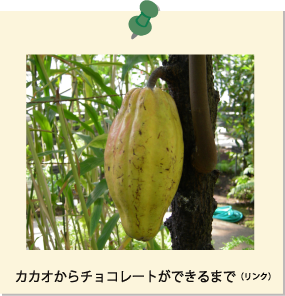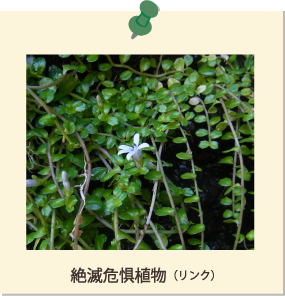Learn about the SDGs at the Botanical Garden


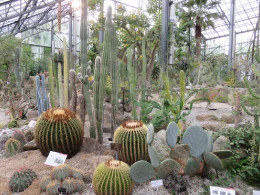
Learn about the SDGs from Plants
We often know which plants we use and for what purposes, but we don’t always understand the process involved in using them. For example, many people know that chocolate comes from the cacao plant, but few know where, by whom, and how it was produced.
There are various social and environmental issues involved in that process, but when we buy and eat chocolate, it’s easy to overlook them.
Plants support the lives of all living things. Our rich lifestyles are made possible by the diverse ways we use plants. By understanding the processes involved in using plants, we can see the social and environmental issues connected to them. At the same
time, plants hold many possibilities. By learning about their characteristics, we may find clues for solving problems. Let's think about SDGs through plants.


Learning Themes
The content is divided into different themes, so please choose the one you are most interested in.
Each theme comes with a worksheet. Please print the worksheet double-sided on A4 paper.
-
The worksheets are designed for pre-visit learning, learning at the botanical garden, and post-visit learning. Pre-visit learning can also be conducted at the botanical garden.
-
For post-visit learning, examples of initiatives by various companies are introduced.
-
In the future, we plan to provide pages for instructors for each theme.
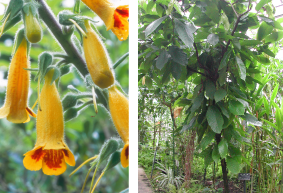


SDGs stands for "Sustainable Development Goals."
They were adopted at the United Nations Summit in September 2015. With the concept of “leaving no one behind,” the SDGs consist of 17 goals aimed at addressing a wide range of issues, from social problems such as poverty, health, education, and decent
work, to environmental challenges like energy, climate change, and biodiversity conservation.
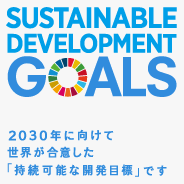


What Sustainable Means
We live using various resources such as oil and coal, but these resources have taken millions of years to form and are not unlimited. To continue living as we do now into the future, it is necessary to use these finite resources in a way that they can
be sustained over time.

